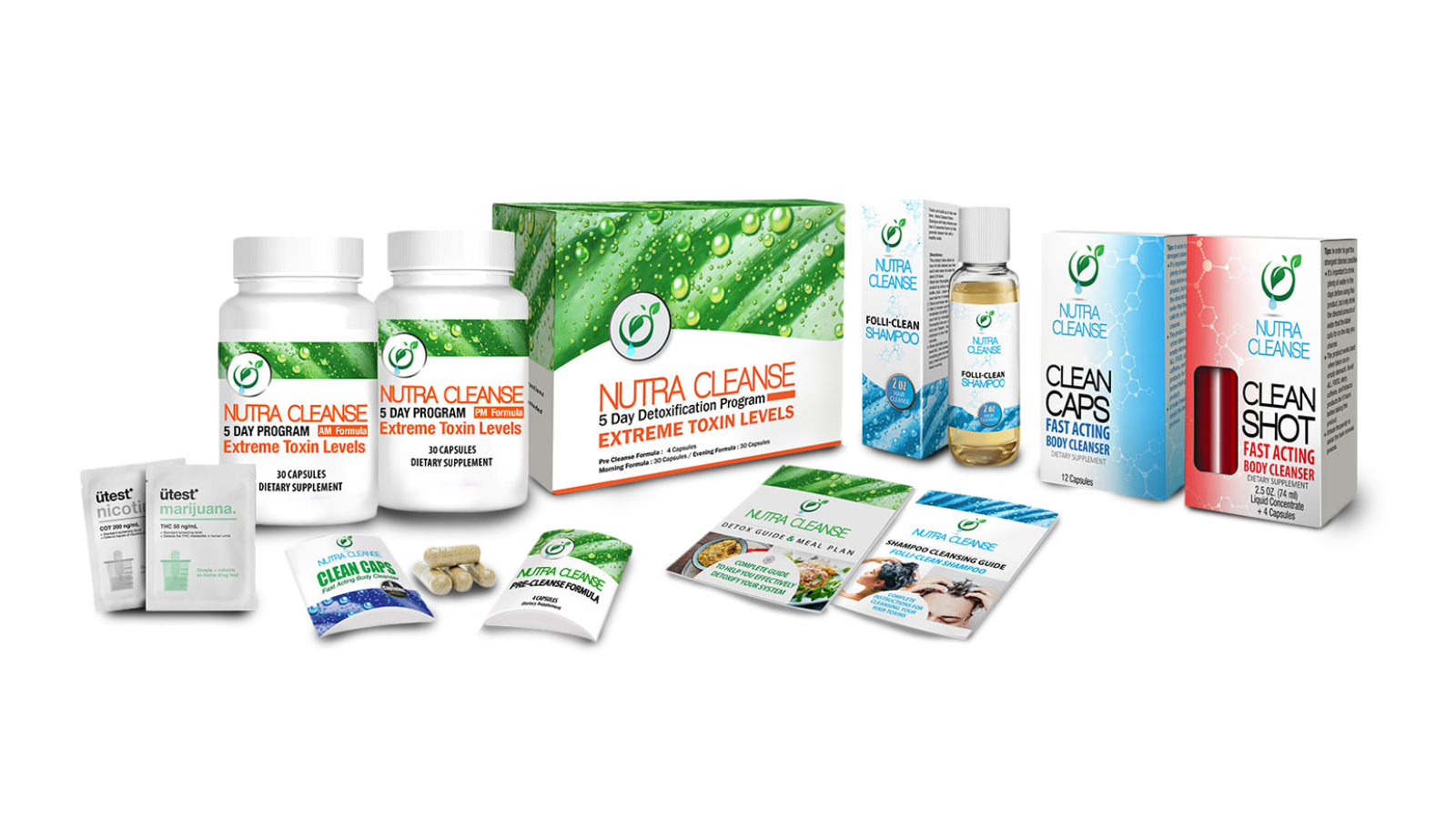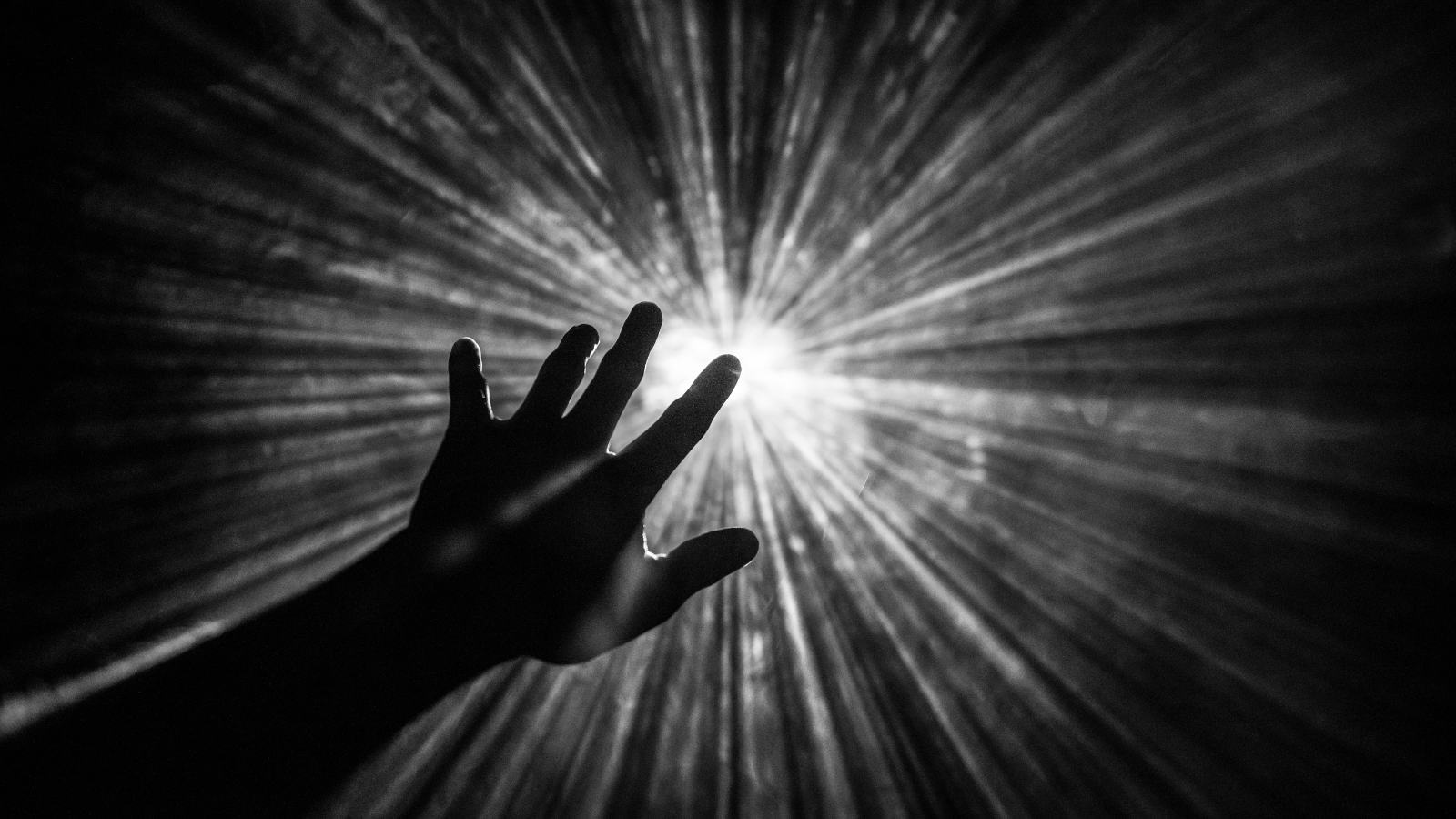Dimethyltryptamine, or DMT, is often thought of as the mother of all psychedelics. It is the main chemical component in the drinkable tea ayahuasca, known to produce intense, vivid and sometimes otherworldly effects. When vaporized, DMT acts quickly to alter one’s perception, even producing out-of-body experiences.
DMT is found in over 400 species of plants and fungi, as well as being produced naturally within the human body. It is found in trace amounts in the lungs, eyes, and cerebrospinal fluid. If the body produces it, does that mean it is always present? And just how long does DMT stay in your system? Depending on a few key factors, such as the method of detection or amount consumed, the answer may vary.
How Long Does DMT Last?
It is fairly uncommon to encounter a situation where a person is tested specifically for DMT, since it is not included on standardized drug panels. However, some tests are able to detect its presence, even though it is detoxed from the body very quickly. Depending on the type of test, DMT is detectable for variable time frames.
Urine
A special test is required to detect DMT in urine. It is detectable for up to 24 hours after last use.
Blood
To detect DMT in blood, a specific test must be administered within two hours after last use.
Saliva
There is no concrete answer to how long DMT is detectable in saliva. It is believed to last only one hour. However, in some cases, it has been detected between four to twelve hours after last use.
Hair
As with most drugs, traces can be found in hair follicles for up to 90 days. The same is true for DMT.

How Long Does Ayahuasca Last?
The duration and intensity of the effects of ayahuasca can vary significantly depending on several factors, making each experience uniquely profound.
Personal Variation
Individual physiological and psychological factors such as metabolism, body mass, and mental state can greatly influence how one reacts to ayahuasca. These personal differences mean that the onset, peak, and duration of the effects can differ widely from one person to another.
Method of Consumption and Dosage
Ayahuasca is most commonly consumed as a brew made from the Banisteriopsis caapi vine and Psychotria viridis leaves. The concentration of active compounds, primarily DMT and harmala alkaloids, can vary depending on the specific ingredients and their proportions in the brew.
When ayahuasca is drunk as a tea, it undergoes a slow metabolic process, initiated by the MAO inhibitors in the vine, which allows DMT to be absorbed over a longer period. This results in a duration of effects that can range considerably—typically starting within 20 to 60 minutes after consumption, peaking around two to three hours, and lasting up to six hours or more.
Phases of the Experience
The ayahuasca experience can be divided into multiple phases. Initially, users may encounter intense visceral sensations, which can include nausea and other gastro-intestinal effects. As the peak approaches, vivid visual and auditory hallucinations, emotional revelations, and profound introspective episodes are common. The decline phase is generally characterized by a gradual tapering off of these effects, leading to a period of increased introspection and, often, a sense of tranquility or enlightenment.
Comparative Insights
In contrast, when DMT is smoked directly in its crystalline form, the effects are much more immediate but short-lived, typically lasting only 5 to 30 minutes. The rapid onset and brief duration are due to DMT’s quick metabolism and elimination when inhaled, bypassing the digestive system entirely.

What Are the Effects on the Brain?
Research is still limited when it comes to DMT’s effects on the brain. However, the Imperial College London Centre for Psychedelic Research found that brain activity while using DMT resembles brain activity while dreaming. The participants were actively immersed in their experience, as though daydreaming while wide awake, but completely absorbed in the world around them as experience under the lens of DMT. Further supporting this theory was the drop in alpha waves and an increase in theta waves in the participant’s brains. This also happens when a person is known to be dreaming.
Early research suggests that DMT and ayahuasca brews may act as a treatment for depression, much like other psychedelic research indicates is the case with drugs like psilocybin, MDMA, and ketamine.
Potential Side Effects
Most side effects associated with DMT use are psychological. As a potent hallucinogen, DMT can deeply alter the user’s reality through intense visuals, auditory hallucinations, and a complete distortion of time, space, and even self.
Potential uncomfortable physical effects include increased heart rate, dilated pupils, agitation, chest tightness, increased blood pressure and dizziness. When taken orally nausea, vomiting and diarrhea may occur. Another possible outcome is referred to as serotonin syndrome, which may occur if consuming DMT alongside certain prescribed medication. Persons taking antidepressants are strongly discouraged from using DMT in any form.
Perhaps the most intimidating side effect of DMT is the potential of having a bad trip. It’s important to remember that it will not last forever and that you will be okay. Before any kind of psychedelic use, it’s best to be aware of these harm reduction tips in case a challenging trip sneaks up.
On the other hand, there are many transformative and positive side effects that users report after use. Participants in the ayahuasca ceremony have said that the experience is like a decade worth of therapy downloaded into a single evening. There are also many wonderful side effects such as greater capacity for processing grief, enhanced creativity, greater ability to feel connected to the world, increased feelings of love, and deeper self-awareness.

Key Factors That Affect Detection Time
There are many factors that affect detection time. Just as detection time will vary based on the type of test, each person’s physical composition and lifestyle will play a role in the body’s ability to naturally detoxify from chemical substances. The following factors can greatly influence detection time.
Age
Metabolism slows with age. People over the age of 65 have less blood flow to the kidneys and liver, the vital detox organs. Because of this, detoxification can be significantly reduced with age.
Weight & BMI
For people with more fat cells, the metabolites can linger in the body for much longer than something with a lower BMI.
Dosage & Frequency of Use
The more someone consumes and the more often they consume it, the more metabolites will be present in the body.

How to Detox DMT From Your System
Detoxing DMT from your system requires an understanding of how your body processes and eliminates these substances. For those facing a drug test or simply wanting to clear their bodies of psychoactive chemicals, there are several approaches you can take, depending on your timeline and specific needs.

Detox Kits and Drinks
For individuals who have some time before they need to be clear of substances, a multi-day detox kit can be an effective solution. These kits typically involve a regimen of supplements designed to accelerate the body’s natural detoxification processes, along with a strict diet that often excludes processed foods, fats, and sugars that can slow down the body’s metabolism. The supplements usually contain a blend of vitamins, minerals, and herbal extracts that support liver function and increase the rate at which the body expels toxins.
For those who need to clear their system more urgently, detox drinks offer a quick solution. These are especially popular for their convenience and ability to provide same-day results. Detox drinks work by temporarily flushing toxins out of the bladder, making them less detectable. It’s important to follow the instructions carefully, as their effectiveness can be dependent on timing and proper hydration.
Diet, Exercise, Hydration
In addition to or instead of these products, engaging in natural detoxification methods can be beneficial. Staying well-hydrated is crucial; water helps to dilute your urine and stimulate faster renal processing. Exercise is another effective method, as it increases overall metabolism and aids in the elimination of toxins through sweat.
However, it’s important to note that intense exercise should be avoided close to a testing day as it can release THC (stored in fat cells) back into the bloodstream. Following physical activity, ensuring you get adequate rest is essential to support your body’s recovery and detoxification processes.
Incorporating a diet rich in antioxidants and fiber can also help clear your system. Foods like leafy greens, fruits, and whole grains enhance liver function and aid in the elimination of toxins. Avoiding alcohol, tobacco, and caffeine, which can impede the detox process, is also recommended.
Know Your Test
Knowing what kind of test you are facing (urine, blood, hair follicle, etc.) can also guide your detox approach. DMT is primarily tested in blood and urine samples, and its detectability window is relatively short compared to other substances. This information can help you tailor your detox strategy more effectively.
Final Thoughts
DMT offers profound and variable experiences, often described as life-altering. As research into its potential therapeutic benefits for mental health continues, it’s important for users to understand its effects and how it’s processed by the body.
This knowledge is crucial for safe use and effective detoxification, especially for those facing drug tests. With growing acceptance, DMT’s role in exploring consciousness and healing may expand, enriching our dialogue about the human experience.















